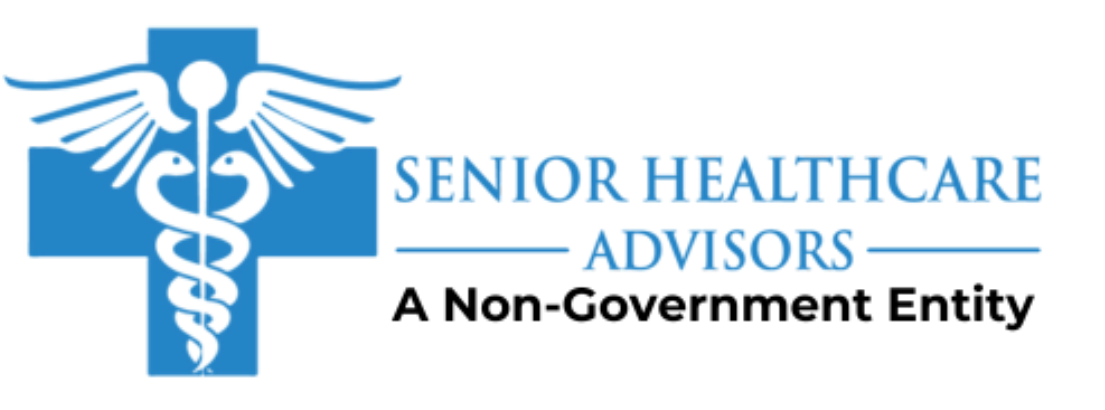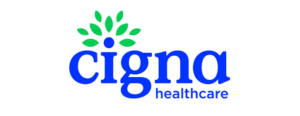*We are not affiliated with or connected with Medicare or any other government program or agency.
We partner with well-known carriers you can trust.
Navigating Prescription Coverage: 2025 Updates
As Medicare undergoes significant changes in 2025, it’s crucial to understand your options for covering prescription drugs. Medicare offers different plans, and it can be challenging to decide whether Medicare Part C (Medicare Advantage) with drug coverage or a Stand-Alone Part D plan is right for you. Let’s break it down into simple steps.
Understanding Medicare Part C (Medicare Advantage) with Prescription Coverage
Medicare Part C, also known as Medicare Advantage, is an all-in-one healthcare plan. It combines hospital insurance (Part A), medical insurance (Part B), and prescription drug coverage (Part D) into a single package.
The Perks of Medicare Part C
If you like keeping things simple, Medicare Part C might be your best bet. Here’s why:
– Integrated Coverage: Medicare Part C provides a one-stop-shop solution, covering hospital, medical, and prescription drugs under one plan.
– Convenience: Medicare Part C simplifies your healthcare management with one plan, one premium, and less hassle.
– Extra Benefits: Medicare Part C often includes additional benefits like dental, vision, hearing, wellness programs, and even gym memberships.
– Out-of-Pocket Limit: Medicare Part C sets a limit on how much you’ll have to pay out-of-pocket for covered services, including prescription drugs, providing financial protection.
– Lower Premiums: In some cases, Medicare Part C offers may lower overall premiums compared to having separate plans for medical and drug coverage.
The Downsides of Medicare Part C
But before you sign up for Medicare Part C, consider a few things:
– Network Restrictions: Medicare Part C plans usually require you to use their network of healthcare providers and pharmacies. If your preferred doctor or pharmacy isn’t in the network, you may need to switch or pay more.
– Limited Drug List (Formulary): Not all medications are covered. The list of covered drugs may be more limited than some Stand-Alone Part D plans, so check if your medications are included.
– Part B Premiums: Even with Medicare Part C, you must still pay the standard Part B premium. Ensure this cost is considered when budgeting.
Diving into Stand-Alone Part D Plans
If you prefer flexibility and more options, Stand-Alone Part D plans may be the way to go. These plans cover prescription drugs and can be paired with Original Medicare or a Medicare Supplement plan.
The Benefits of Stand-Alone Part D Plans
Here’s why you might choose a Stand-Alone Part D plan:
– Flexibility: Stand-Alone Part D plans offer a variety of options, allowing you to choose a plan that best fits your prescription needs.
– Broader Pharmacy Network: Unlike Medicare Part C, Stand-Alone Part D plans typically offer a wider selection of pharmacies.
– Tailored Coverage: Stand-Alone Part D plans allow you to select coverage specifically for your medications, which is beneficial if you have unique or expensive prescriptions.
– The $2,000 out-of-pocket limit applies to prescription drugs under Part D plans, starting in 2025, and may be subject to legislative updates..
– Catastrophic Coverage Changes: Once you reach the out-of-pocket limit, you’ll no longer be responsible for any additional costs for your medications for the rest of the year.
The Downsides of Stand-Alone Part D Plans
While Stand-Alone Part D plans offer flexibility and tailored coverage, they also come with a few potential drawbacks:
– Separate Coverage: Unlike Medicare Part C, Stand-Alone Part D plans only cover prescription drugs. This means you’ll need to manage separate plans for your medical and hospital coverage, which can be more complex and result in higher overall premiums.
– Additional Premiums: You’ll need to pay a separate premium for the Part D plan in addition to your Medicare Part B premium. This can add up, especially if you have other types of coverage.
– No Maximum Out-of-Pocket Limit for Non-Drug Services: While Stand-Alone Part D plans include a $2,000 out-of-pocket limit for prescription drugs starting in 2025, this limit does not apply to other medical services, which may lead to unexpected medical costs.
– Limited Coverage for Non-Formulary Drugs: Like Medicare Part C, Stand-Alone Part D plans have a formulary or list of covered drugs. If your medication is not on the formulary, you may have to pay full price or request an exception, which may not always be granted.
Action Plan: Stay Informed with Your Annual Notice of Change (ANOC)
Whether you choose Medicare Part C or a Stand-Alone Part D plan, staying informed is essential. Every September, you’ll receive an Annual Notice of Change (ANOC) from your plan. This document outlines any changes to your plan’s coverage, costs, and the list of covered drugs for the upcoming year.
What to Do with Your ANOC
Here’s a simple action plan for reviewing your ANOC:
– Review Your ANOC Carefully: Don’t ignore it—examine any changes in premiums, copayments, deductibles, and the list of covered drugs.
– Check for Network Changes: Ensure your preferred pharmacies and doctors are still in the plan’s network.
– Compare Plans: If you notice changes that negatively impact your coverage, consider comparing other Medicare Advantage or Part D plans.
– Consult with an Expert: If you’re unsure, reach out to a Medicare advisor for guidance.
Make Changes During Open Enrollment
After reviewing your options, remember that the Medicare Open Enrollment period runs from October 15 to December 7. This is the time to make any changes to your plan, with the new coverage taking effect on January 1 of the following year.
Frequently Asked Questions (FAQs)
Q: Can I switch from a Medicare Advantage Plan to a Stand-Alone Part D plan?
A: Yes, but you must do this during the Medicare Open Enrollment period. If you switch to a Stand-Alone Part D plan, you’ll also need to enroll in Original Medicare or a Medicare Supplement plan for your other medical coverage.
Q: What happens if my medication is no longer covered under my plan?
A: Review your ANOC carefully each year. If a medication you rely on is no longer covered, consider switching to a different plan that includes your medication.
Q: Are there any income-related adjustments for Part D premiums?
A: Yes, higher-income beneficiaries may pay an additional amount known as the Income-Related Monthly Adjustment Amount (IRMAA) on top of their Part D premium. Factor this in when choosing a plan. The IRMAA adjustments for Part D premiums are subject to change yearly and are based on the income reported to the IRS.
Q: Can I have both Medicare Part C and a Stand-Alone Part D plan?
A: No, if you have a Medicare Advantage Plan (Part C) that includes drug coverage, you cannot enroll in a separate Stand-Alone Part D plan.
Medications and provider networks covered under each plan may vary, and not all drugs or pharmacies may be included. Always check the plan’s formulary and network for specific details.
Wrapping It Up: Making the Right Choice
Navigating Medicare in 2025 doesn’t have to be confusing. By understanding the pros and cons of Medicare Part C and Stand-Alone Part D plans, you can make an informed choice that suits your healthcare needs and budget.
Quoted Links for Reference:
- CMS guidelines on Medicare Advantage Plans: https://www.medicare.gov/sign-up-change-plans/types-of-medicare-health-plans/medicare-advantage-plans
- Information on Medicare Part D plans: https://www.medicare.gov/drug-coverage-part-d
- Details on the 2025 Medicare Changes: https://www.medicare.gov/blog/2025-medicare-changes
Speak To a Licensed Sales Agent
Connect with a Professional to Explore Your Medicare Advantage Options
Senior Healthcare Advisors LLC represents Medicare Advantage [HMO, PPO, and PFFS] organizations [and stand-alone PDP prescription drug plans] that have a Medicare contract. Enrollment depends on the plan’s contract renewal. Not all plans offer all of these benefits. Benefits may vary by carrier and location. Limitations and exclusions may apply.
Senior Healthcare Advisors LLC is not connected with or endorsed by any government entity. Plans are covered by geographic and plan-specific.









